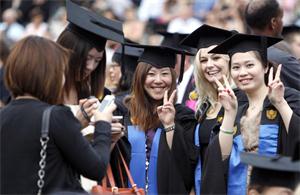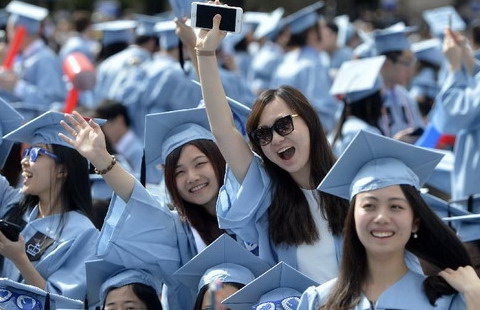China's economic rebalancing benefits region
By W. RAPHAEL LAM/ALFRED SCHIPKE (China Daily) Updated: 2016-05-10 08:14Despite a favorable outlook, downside risks continue to dominate the economic landscape. Global growth could slow by more than expected or financial conditions could tighten suddenly. As many economies in the region have seen debt levels rise rapidly over the last decade, a combination of slower growth and higher borrowing costs could tip some corporations and households over the edge and further constrain growth.
In addition, regional growth is more dependent on China than ever before, giving rise to both challenges and opportunities. While rebalancing in China is a price worth paying for durable and resilient growth over the longer term, the short-term transition is likely to be bumpy and the impact on countries and markets is likely to be significant and varied.
Countries that export goods that support China's investment and construction (producers of metals, for example) would be adversely affected, while others that export consumer goods to China or are destinations for rapidly growing Chinese tourism could benefit. In addition, China's move to higher value-added production will provide opportunities for low-income Asian countries, particularly in labor-intensive sectors, such as apparel, footwear, furniture and plastic toys. Already Bangladesh, Cambodia and Vietnam have seen market share gains in these sectors.
Financial linkages are also growing with regional markets becoming more sensitive to shocks from China after the global financial crisis. Over time, though, as economic rebalancing makes China's growth model more resilient and sustainable, the region is likely to benefit.
A wide-range of policies can be used to harness the region's potential. In addition to continuing to build buffers, policymakers should deploy macroeconomic policies to boost demand if needed. But more importantly, structural reforms will be key to support economic transitions and the emergence of new growth models. This will bolster regional potential growth, and ultimately, strengthen the region's resilience to global shocks.
Structural reforms and policies, particularly fiscal policy, also have a critical role to play in tackling long-standing challenges, such as rising inequality, which in turn will help make growth more inclusive. The key in this regard is to provide equality of opportunities, in particular to broaden access to education and health, and promote financial and gender inclusion.
Managing the transition to a slower, but more inclusive and sustainable, growth model is a key policy challenge for China. This means continuing to improve productivity by opening up the economy and restructuring inefficient enterprises, guarding against rising financial stability risks and strengthening transparency.
The authors are economists at the IMF Resident Representative Office of China.

I’ve lived in China for quite a considerable time including my graduate school years, travelled and worked in a few cities and still choose my destination taking into consideration the density of smog or PM2.5 particulate matter in the region.











